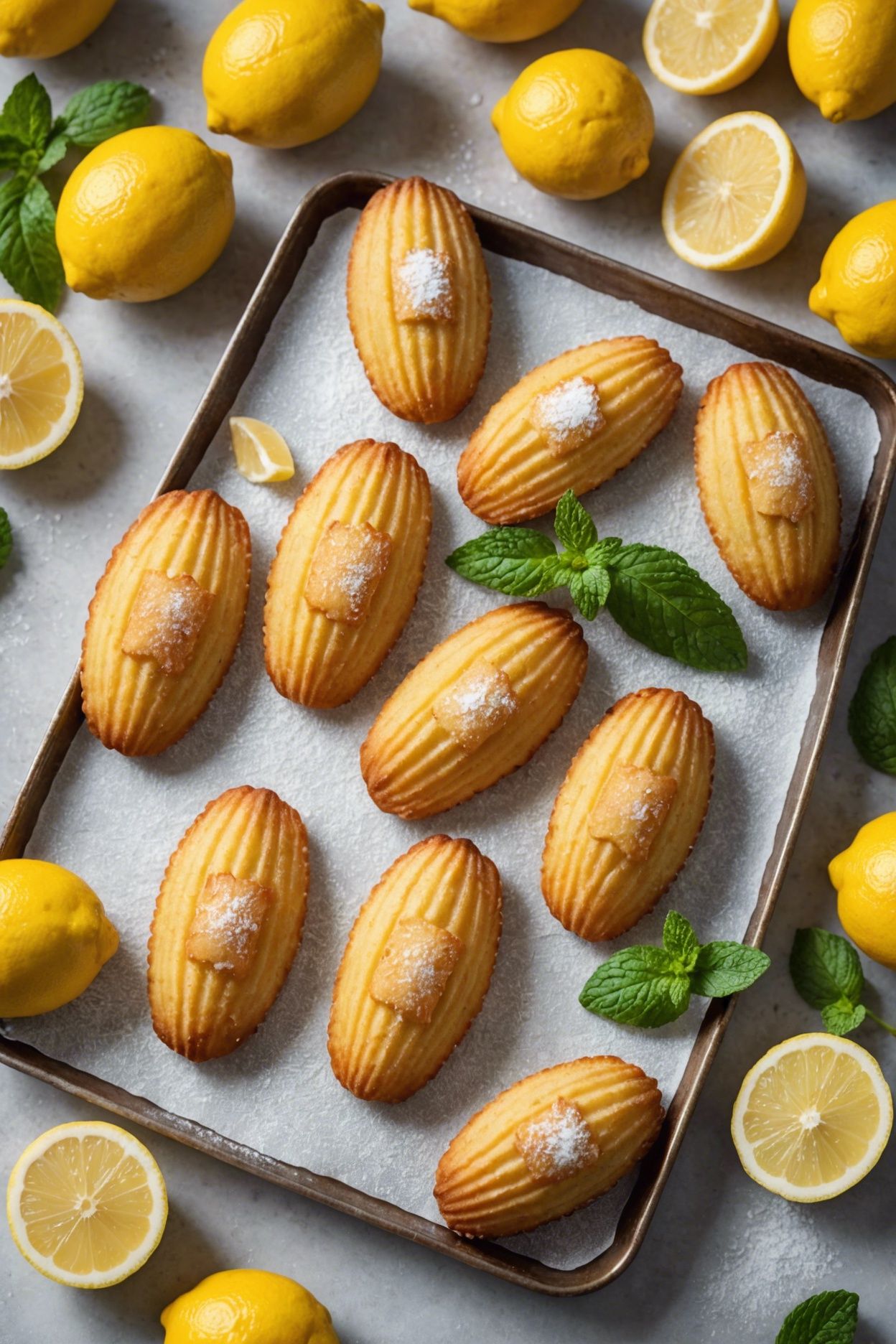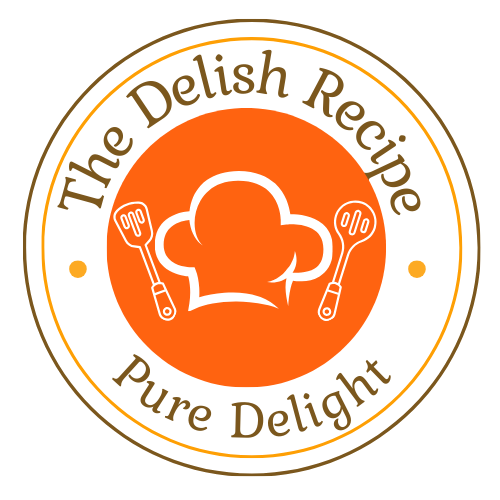The Best Fluffy Pancakes recipe you will fall in love with. Full of tips and tricks to help you make the best pancakes.
These bright and citrusy Lemon Madeleines are the perfect treat to brighten up your day.
With a delicate balance of sweet and tangy, these French-inspired cakes are a delight to make and devour.
Light, fluffy, and infused with the freshness of lemon zest, they’re sure to become a favorite in your household.
Ready Time
1 hrs 20 mins
Yields
8 servings
Ingredients
- 2 1/4 cups (285g) all-purpose flour
- 1 cup (200g) granulated sugar
- 2 teaspoons baking powder
- 1/2 teaspoon kosher salt
- 3 large egg whites
- 1/2 cup (120ml) whole milk, at room temperature
- 2 tablespoons freshly squeezed lemon juice
- 1/4 cup (55g) unsalted butter, softened
- 1 teaspoon pure vanilla extract
- Confectioners’ sugar, for dusting
Instructions
Preheat your oven to 375°F (190°C).
Line a 12-cup madeleine pan with butter and dust it with flour, tapping out any excess.
In a medium bowl, whisk together the flour, sugar, baking powder, and salt.
In a large bowl, whisk together the egg whites until frothy.
Add the milk, lemon juice, and vanilla extract, whisking until smooth.
Add the softened butter to the egg mixture and whisk until fully incorporated.
Gradually pour the dry ingredients into the wet ingredients, whisking until smooth and free of lumps.
Pour the batter into the prepared madeleine pan, filling each cup about 3/4 of the way full.
Bake for 12-15 minutes, or until the edges are golden brown and the centers are still slightly tender.
Allow the madeleines to cool in the pan for 5 minutes before transferring them to a wire rack to cool completely.
Dust with confectioners’ sugar before serving.
Notes
Make sure to use room temperature milk for the best results. Softened butter is essential, so take it out of the fridge about 30 minutes before using it.
Don’t overmix the batter, as it can lead to dense madeleines.
Fill the madeleine pan about 3/4 of the way full to get the signature bump on top. If you don’t have a madeleine pan, you can use a mini muffin tin, but the results will be slightly different.
The madeleines are best served fresh, but they can be stored in an airtight container at room temperature for up to 2 days.
Nutrional Value
- Calories: 140
- Total Fat: 6g
- Saturated Fat: 3.5g
- Cholesterol: 10mg
- Sodium: 50mg
- Total Carbohydrates: 22g
- Dietary Fiber: 0g
- Sugars: 12g
- Protein: 2g

Ask your question to our expert chef and get instant help.
Please provide details about your query with the recipe name.




